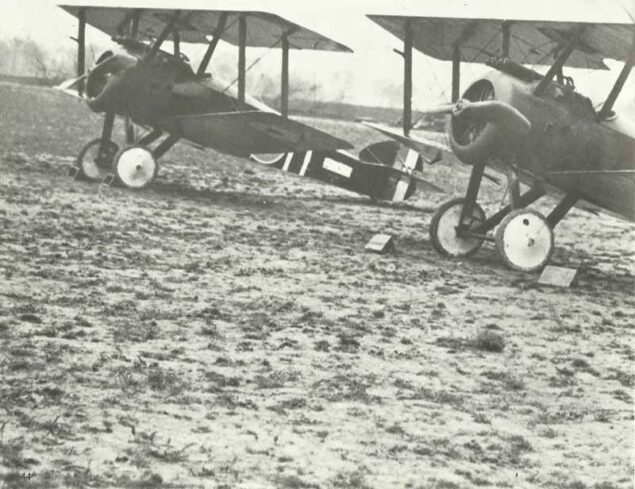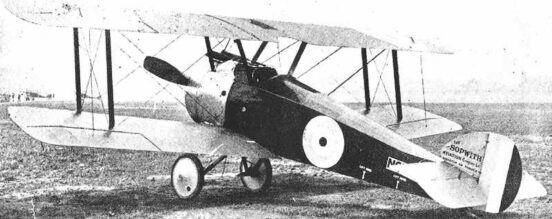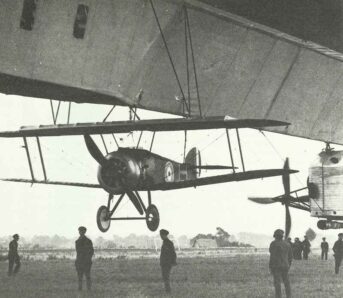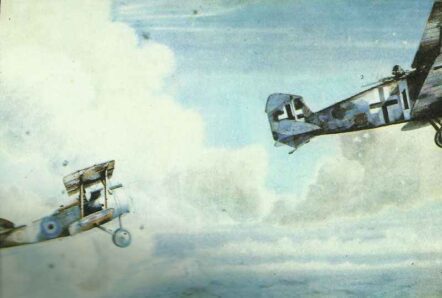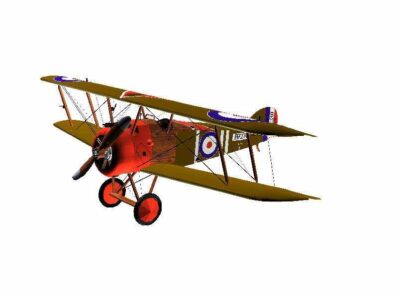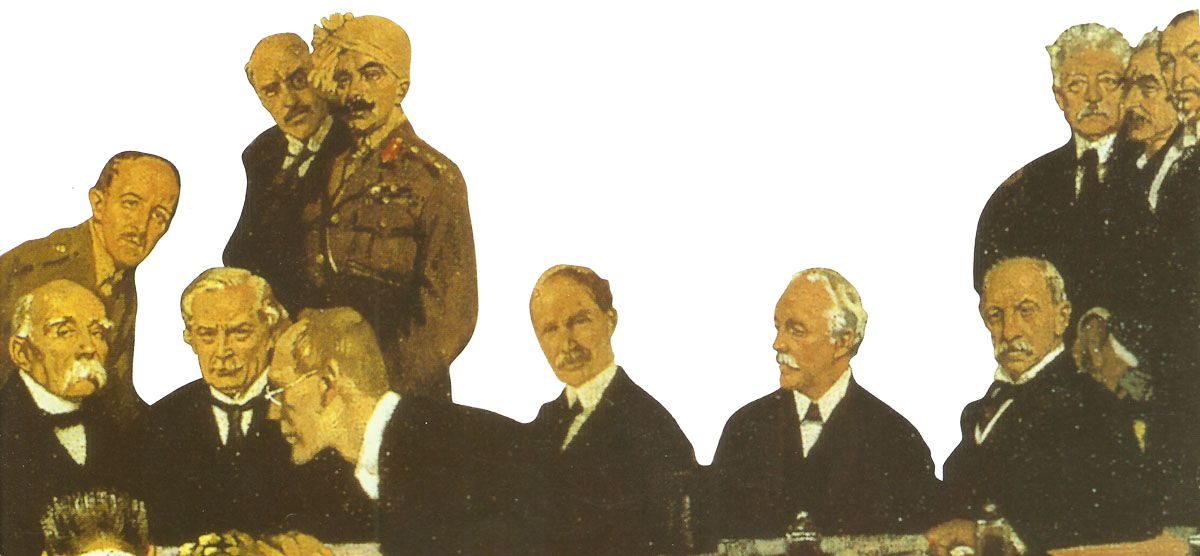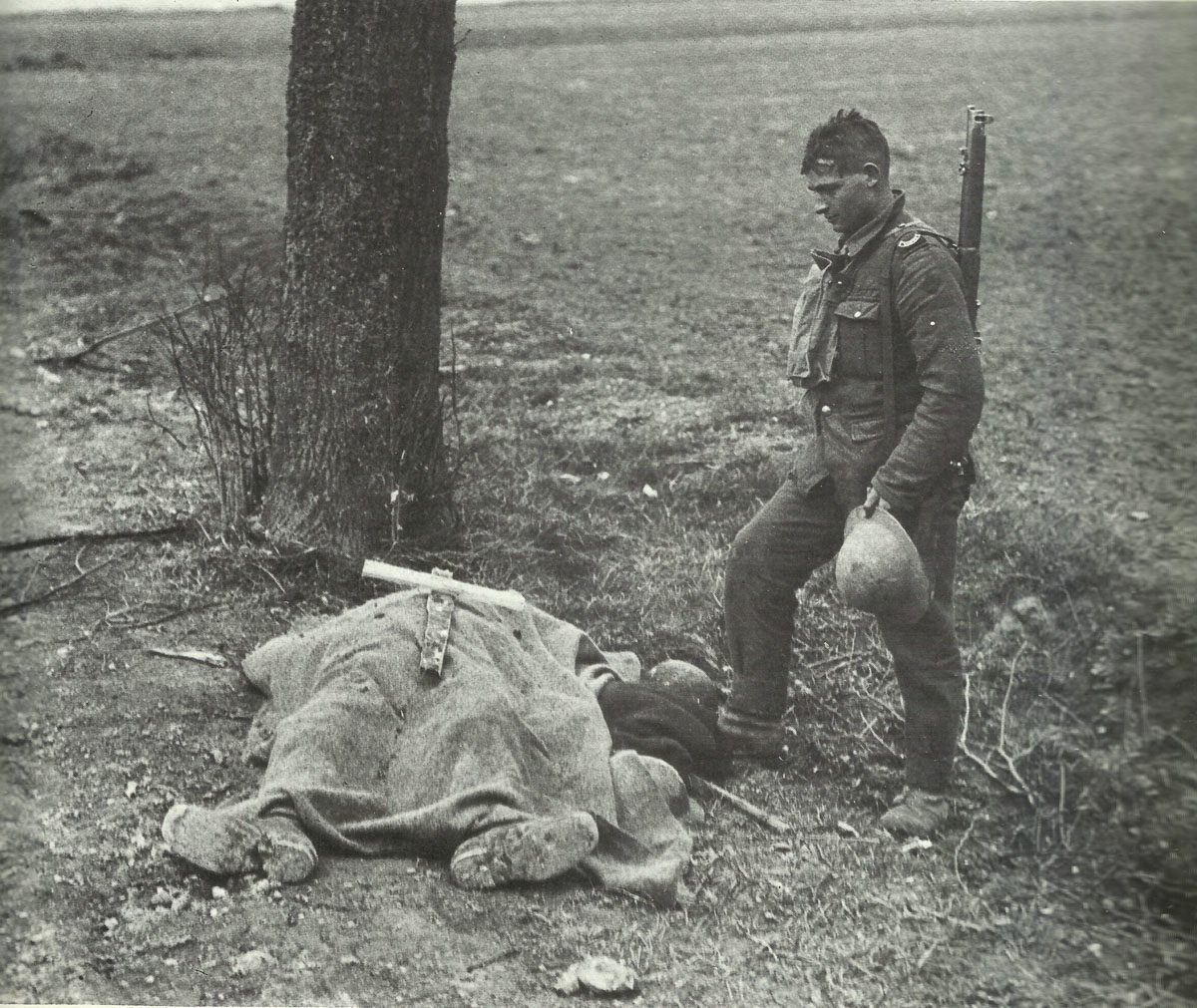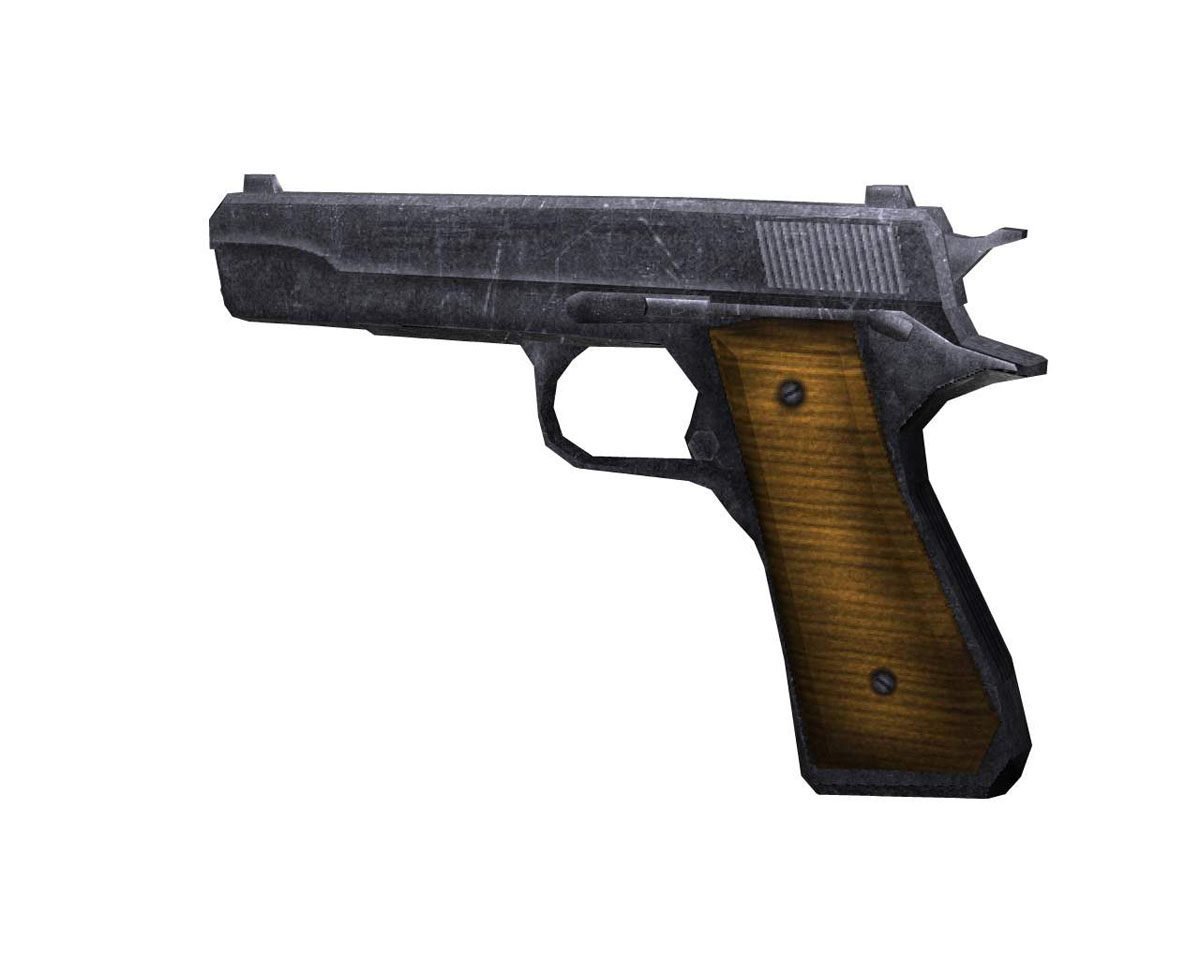Sopwith Camel – famous British fighter plane of World War One.
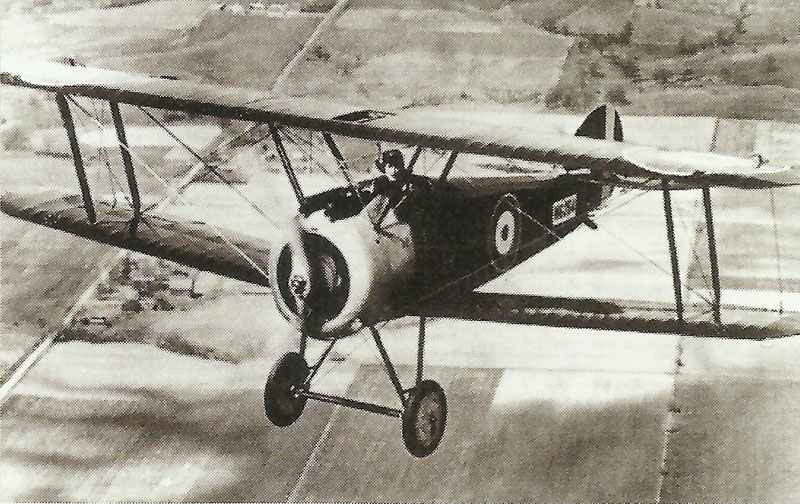
History, development, service, specifications, pictures and 3d model.
Sopwith Camel
Table of Contents
The Sopwith F I Camel, the First World War’s most successful fighter, with 1,294 aircraft downed to its credit. It is generally an enlarged and modified Sopwith Pup. It was designed specially for high performance and extreme maneuverability.
It owed much of its success to its phenomenal aerobatic capabilities, which were the result of its compact design, powerful controls and the fact that all the large weights were concentrated on or near the center of gravity – in the first seven feet of the fuselage. The considerable torque of the rotary engine on the small frame was a vital factor in the Camel’s lightning fast turn to the right, but it also meant that it was impossible to fly the Camel ‘hands off’.
Because of this difficulty, the type got an undeserved reputation as a killer, but all that was needed was great care, especially at take off and landing. But many less experienced pilots paid the price with their life. As a single seat fighter however it was a great success. The Camel was the first British fighter to have twin Vickers guns.
Pictures of Sopwith Camel:
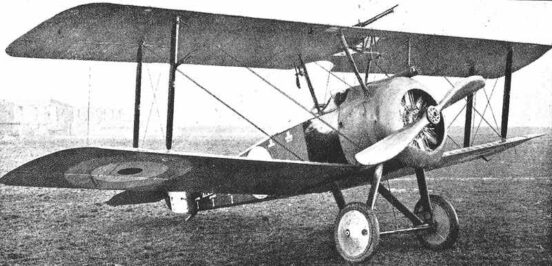
Specifications Sopwith Camel:
Specification:
Sopwith Camel F1 | Specification |
|---|---|
Type | Single-seater Scout Fighter |
Engine | most Clerget 9B 130hp |
Span | 28 ft. |
Overall length | 18 ft. 8 in. |
Maxmimum height | 9 ft |
Weight empty | 889 lb |
Weight loaded | 1,422 lb |
Weight maximim loaded | 1.524 lb |
Speed | 113 mph at 10,000ft, 122 mph at sea level |
Climb | 5 min to 5,000ft, 10 min to 10,000ft 16 min 50 sec to 15,000ft, approx. 1000 ft/sec |
Service ceiling | 24,000 ft |
Range | approx. 240 miles (endurance 2 1/2 hours) |
Tank capacity | petrol 26 galls, oil 5 1/2 galls |
Armament | |
Bomb load | optional 4 x 25lb bombs under wings |
First fligt | December 1916 |
Service delivery | June 1917 |
Production figure | 5,490 |
Enemies claimed destroyed | 1,294 |




